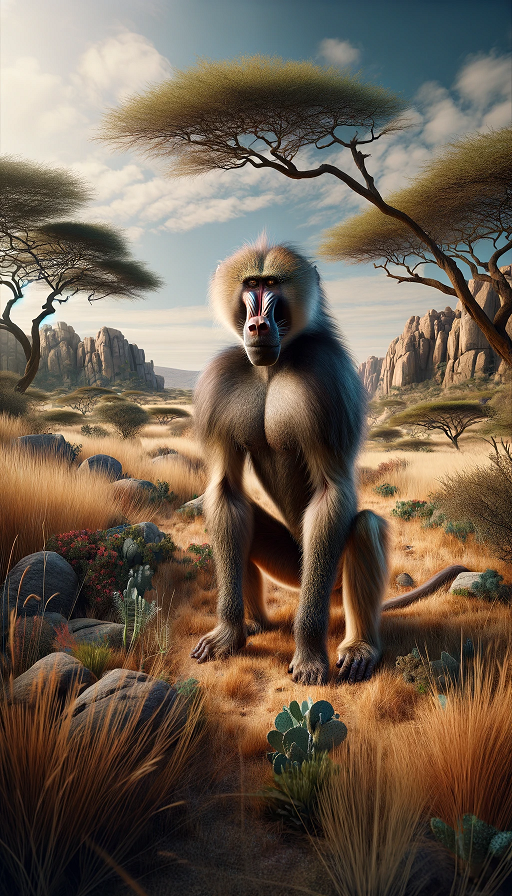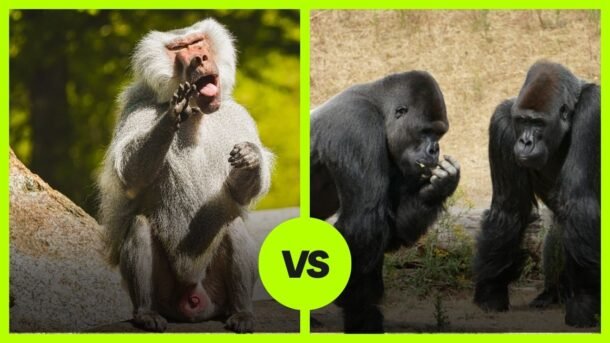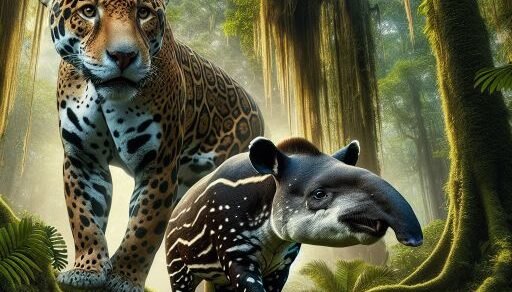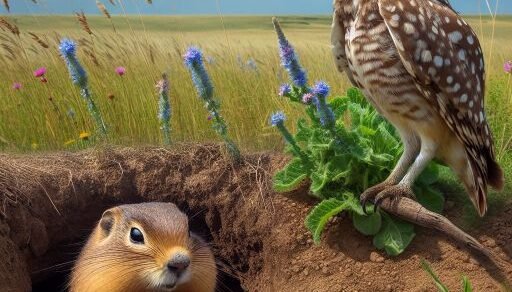When it comes to hypothetical animal face-offs, the realm of primates offers some intriguing matchups, with each species bringing its own set of physical and behavioral characteristics to the table. Pitting a baboon against a gorilla creates a particularly fascinating confrontation, one that showcases the dynamic tension between raw power and tactical cunning. Would the gorilla’s impressive size and strength overpower the baboon’s agility and social strategy? Let’s dissect the various factors that would influence this unique primate duel.
Introducing the Combatants
Baboon: The Social Strategist
Native to various regions in Africa, baboons are known for their social structures and relatively high intelligence. Adult male baboons can weigh up to around 90 pounds, and their fangs can be longer than those of some lions. They are generally omnivorous and are skilled in both arboreal and ground movement. Baboons employ teamwork and strategy, often organizing themselves into troops for protection and resource acquisition.
Gorilla: The Gentle Giant
Native to the forests of central Africa, gorillas are the world’s largest primates, with adult males weighing between 300 to 450 pounds. Despite their imposing size, gorillas are generally gentle and social creatures but can be incredibly formidable when threatened. They possess great strength—estimated to be about six times that of a human—and can deliver powerful blows.
Physical Capabilities
Physical Build and Size

- Baboons vary in size based on their species, but adult males typically range from 20 to 40 inches in body length.
- They possess a unique build with a combination of muscular and agile physiques, which aids in both arboreal and terrestrial mobility.
Teeth and Fangs
- A standout feature in baboons is their long, sharp canine teeth. These canines, particularly in males, can reach lengths of up to 2 inches, rivaling those of some big cats.
- These teeth are not just for defense or dominance displays; they play a crucial role in their feeding habits, which include a diet of fruits, insects, and occasionally small mammals.
Locomotion and Agility
- Baboons are quadrupeds and are adept at both climbing and ground movement. This versatility in locomotion allows them to escape predators and access various food sources.
- Their agility is also evident in their ability to leap significant distances, both in trees and on the ground, a crucial skill for both escaping predators and hunting.
Gorilla: The Towering Powerhouse

Physical Dimensions and Weight
- Adult male gorillas, or silverbacks, can reach a height of up to 6 feet when standing upright and weigh between 300 to 450 pounds. This weight is primarily muscle, contributing to their impressive strength.
- Females are smaller, usually about half the size of males, but still possess considerable strength relative to their size.
Musculature and Strength
- Gorillas have an extraordinarily muscular build, especially in their arms and chest. Their arm span can reach up to 8 feet, allowing them to exert powerful forces.
- Their muscular strength is estimated to be about six to ten times greater than that of an average human, making them one of the strongest primate species.
Jaw Strength and Teeth
- Gorillas have a powerful bite, with a jaw strength that can exert over 1,300 pounds per square inch (PSI). This strength is necessary for their diet, which includes hard materials like bamboo.
- Their teeth, particularly the canines, are large and robust, designed for intimidation displays and for consumption of their tough, fibrous diet.
Fighting Techniques
Baboon’s Group Tactics
In the wild, baboons often rely on their troop for support. Even though our hypothetical scenario considers a one-on-one battle, it’s important to note that baboons are tacticians, likely to use hit-and-run tactics or distractions to gain an advantage.
Gorilla’s Brute Force
The gorilla would likely rely on its overwhelming strength, aiming to incapacitate its opponent with powerful swipes or grabs. While not as agile as the baboon, the gorilla’s superior strength would make each of its blows extremely impactful.
Environmental Factors
The battleground could influence the outcome significantly. In a dense forest, the gorilla’s familiarity with the terrain might give it a home-field advantage. Alternatively, a more open space might provide the baboon with more room to maneuver, potentially allowing it to employ hit-and-run tactics more effectively.
Conclusion: A Battle of Wits and Muscle
The encounter between a baboon and a gorilla presents a compelling tableau of primate abilities and tactics. While the baboon has the advantage in speed and agility, it is hard to see how it could overcome the sheer physicality and power of the gorilla in a one-on-one fight.
Odds of Winning:
- Baboon: 20%
- Gorilla: 80%
In this hypothetical clash, the gorilla’s overwhelming strength and durability give it a clear advantage. While the baboon’s agility and tactical intelligence make it a non-trivial opponent, it would need to employ extraordinary strategy and utilize its agility to the fullest to tip the scales in its favor. Overall, in a straightforward confrontation, the gorilla would most likely emerge as the victor.
For readers fascinated by the primal contests of the animal kingdom, especially those involving primates like baboons and gorillas, these articles from AnimalComparison.net offer compelling insights:
- “Baboon vs Gorilla: A Primate Duel of Strength and Intelligence” – Delve into a detailed analysis of how these two powerful primates might fare in a hypothetical showdown. Baboon vs Gorilla
- “Gorilla vs Serval: A Hypothetical Battle of Brawn and Agility” – Explore the dynamics of a potential clash between the might of a gorilla and the agility of a serval. Gorilla vs Serval
- “Spotted Hyena vs Baboon” – Uncover the strategies and strengths these two species would employ if they ever crossed paths in the wild. Spotted Hyena vs Baboon




